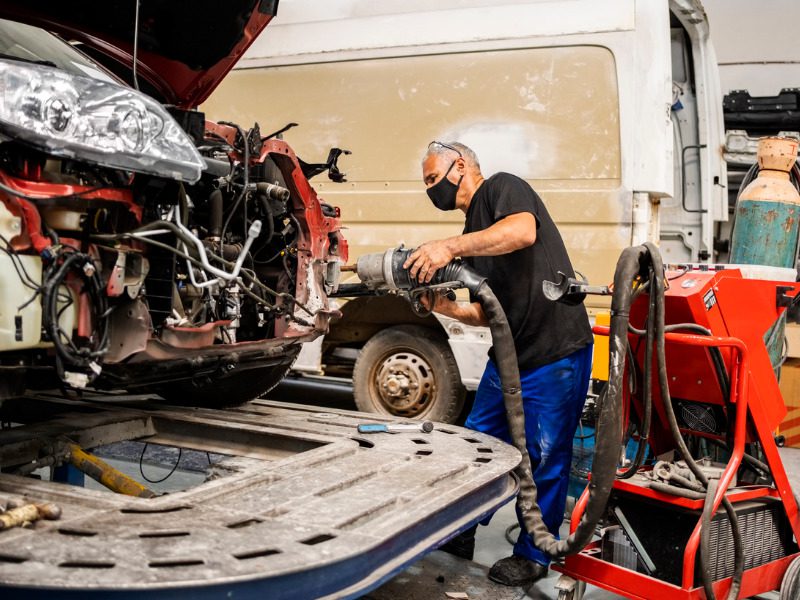Why ‘claims holiday’ is coming to an end for auto insurers

The ‘claims holiday’ auto insurers enjoyed the last couple of years is coming to an end.
Auto physical damage losses in some provinces are elevated despite fewer collisions, according to a new report from Navacord brokerage Lloyd Sadd.
Insurers’ auto premium growth was muted during the COVID-19 pandemic because of rebates, refunds and widespread changes in driving habits, western Canadian commercial brokerage Lloyd Sadd said in its November Market Insights report, A Transition to an Uncertain Future. Most (if not all) of the rebates have been discontinued, and vehicle use patterns have largely returned to pre-pandemic levels.
And now, the current macroeconomic environment is driving the elevation in claims costs for auto physical damage and repair.
Even before the pandemic, a major factor increasing repair costs is the amount of computerized technology standard in most vehicles manufactured today, Lloyd Sadd said in the report. “The spike in demand for computer chips during the pandemic, and the global shortage that resulted, has only exacerbated this trend, as well as added to the length of time it may take to repair vehicles while parts are in short supply.”
Manufacturing supply chain issues are leading to rising costs for rental replacement vehicles for the duration of the repair — if rental vehicles can be obtained at all.
iStock.com/skynesher
In 2020, car rental companies made massive reductions to the size of their fleets, with consumer demand plummeting due to public health restrictions preventing personal and business travel. For example, a Statistics Canada study found the rental vehicle fleet in British Columbia shrank by a third in 2020, compared to 6.6% annual growth between 2015 and 2019.
“Rental companies have struggled to return their fleets to pre-pandemic levels because of the lack of availability of new vehicles,” as Lloyd Saad says in its report. “Consequently, it can be very difficult to obtain a rental vehicle for two to three weeks at a competitive price. This situation is obviously compounded by the increases in time required to repair a vehicle when parts take longer to source.”
So, ongoing rate actions will be driven by increased physical damage claims costs, Lloyd Sadd concluded.
Canada’s largest insurer is already expecting an upper-single-digit rate increase in personal auto by the end of the year. During a recent fireside chat discussing 2022 Q3 results, Intact Financial Corporation CEO Charles Brindamour said the severity of auto claims costs, driven by inflation, was higher than initially expected.
The increase in claims severity costs jumped from 8% to 13%, Brindamour said. “But the frequency [of auto claims] was less than we thought. And frankly, it’s been stable now for at least two quarters if not three.”
Definity Financial Corporation (Canada’s 7th largest P&C insurer according to CU’s 2022 Stats Guide) is finding labour rates and parts inflation are picking up on the auto physical damage side. “That creates longer delays to fix your cars, and that extends our rental car days,” Definity president and CEO Rowan Saunders said during a recent call with RBC Capital Markets.
“From a parts perspective, our view would be this [inflation] is going to be elevated for some time,” Saunders said. If [inflation] does come down, we’ll respond to it at the time, but it’s not our assumption. There is some short-term pressure in the auto line, and we’ve got a winter coming up.”
Feature image by iStock.com/NickyLloyd




